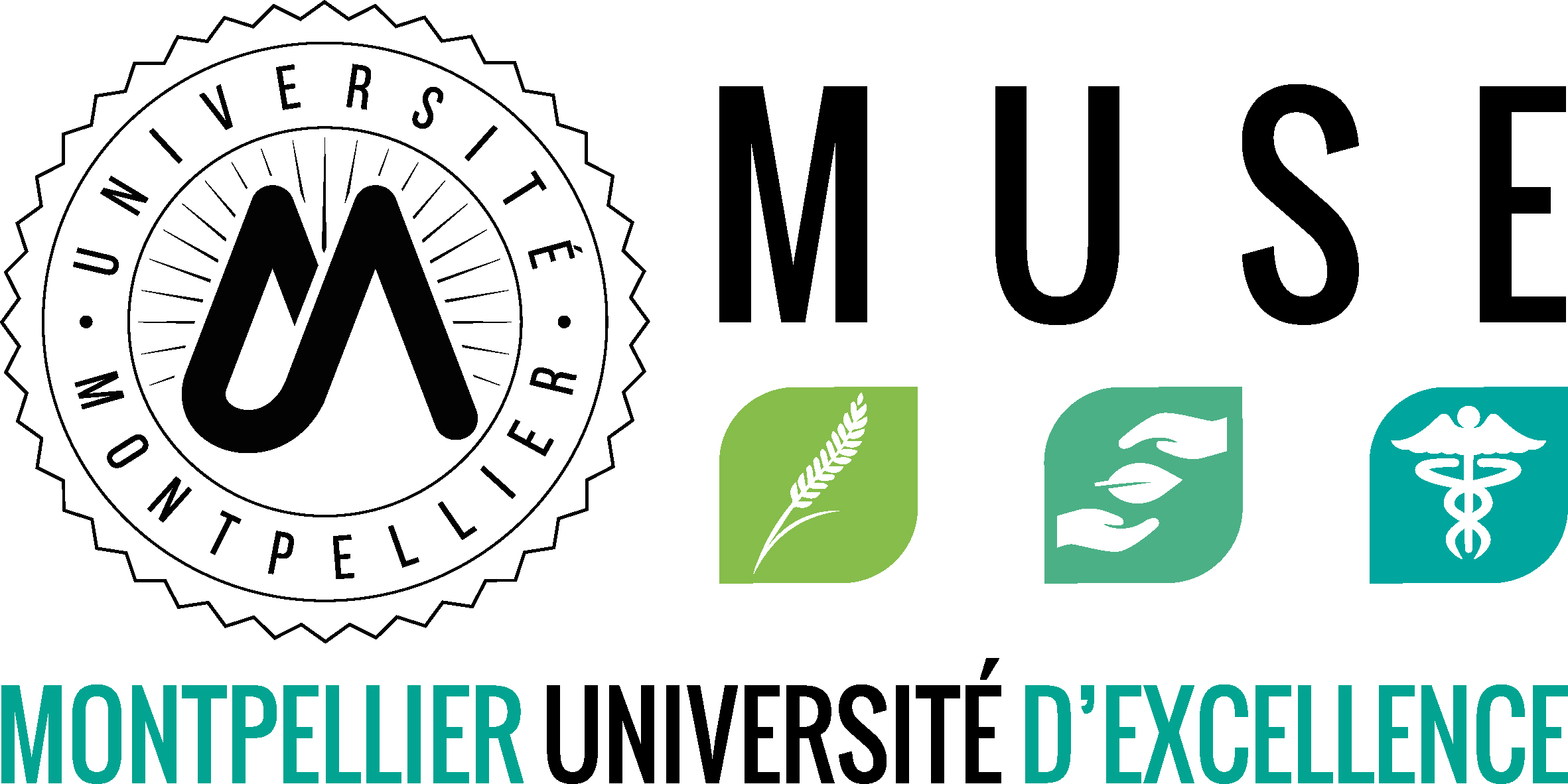Developmental stereotypy assessment in ascidian embryos
Résumé
Many model organisms are used to study development. Among them, the C. elegans nematode is appealing since it exhibits a remarkable stereotyped development, every adult having exactly the same number of cells, allowing to study the development at a cellular level. This stereotypy also exists in the first developmental stages of ascidians, which are an appealing model since they are close relative to vertebrates, even across species [Conklin, 1905]. However, little is known about the stereotypy variability. In this project, we investigated quantitively the cell division geometry variability in ascidian, which is a key factor in embryo organization. More precisely, 1) Are there cells that divides in several different orientation (eg left/right and anterior/posterior direction)? 2) How much is variable the orientation of cell division? 3) Is the observed variability correlated with some other properties (e.g. cell fate, etc)? The material used came from a previous study [Guignard, 2020] where developing embryos of Phallusia mammillata have been imaged, resulting in a temporal series of 3D volumes. After segmentation, each cell can be tracked through embryo development up to its division. At each timepoint, we have its geometric properties (e.g. barycenter position) and lineage information. As embryos adopt different positions under the microscope, a spatial alignment is required before any analysis. It allows comparison of homologous cell division in the embryo population. As a first result, group analysis of division directions demonstrates that few 7th generation cells exhibit different division orientations (e.g. A7.2). The variability in division plane orientation was further analyzed in other cells, paving the way to explore its correlation with specific cell characteristics, such as cell fate. Notably, we found that nervous system cells exhibit low variability in their division plane orientation. EG Conklin, Academy of Natural Sciences, 1905. L Guignard et alii, Science, vol. 369, no. 6500, pp. 158, July 2020.
| Origine | Fichiers produits par l'(les) auteur(s) |
|---|




